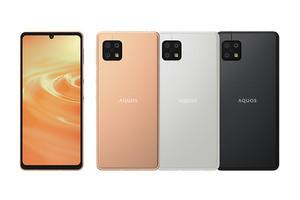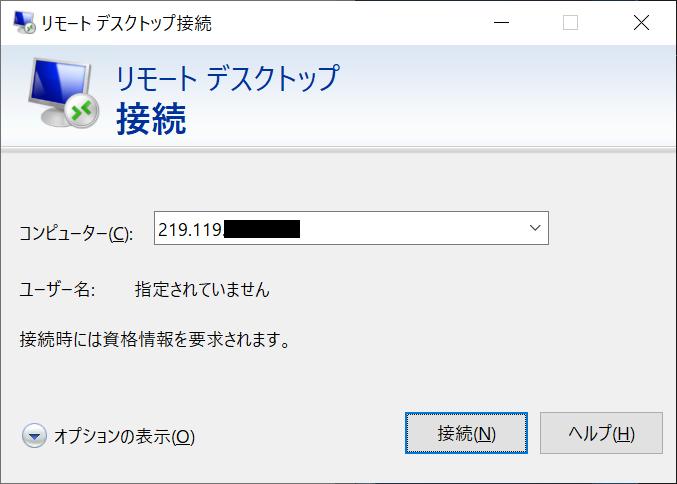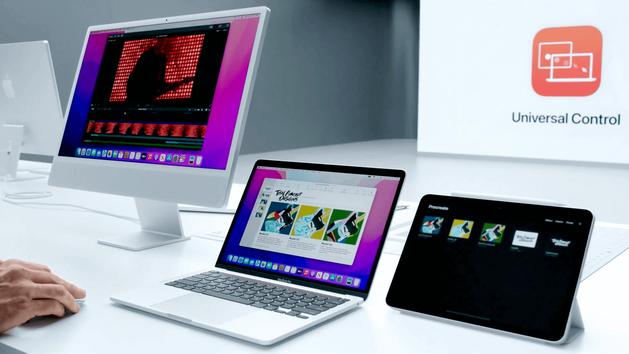Reasonable price and sufficient performance for daily use
AQUOS sense6 is a smartphone released by 3 carriers, NTT DoCoMo, au, and Rakuten Mobile. A SIM-free model is also on sale in late November, a little later than the carrier version. A SIM-free model is prepared almost at the same time as the carrier terminal, and the point that it is easy to purchase is the first big point.
The price of the SIM-free version starts from 41,200 yen (price on Amazon.co.jp, at the time of writing). The carrier version has a high price of 40,470 yen for the au version, 39,800 yen for the Rakuten mobile version, and 57,024 yen for the docomo version only.
The price is middle class, the SoC is Snapdragon 690 5G, and the combination of memory and storage is 4GB / 64GB or 6GB / 128GB for the SIM-free version. The carrier version is only for 4GB / 64GB models. The docomo version is a single SIM, but the SIM free version / au version / Rakuten mobile version are all nanoSIM + eSIM dual SIMs.
Since the SoC is Snapdragon 690, it is not the highest level of performance. In the benchmark test, for example, Geekbench was 590 for Single-Core and 1,679 for Multi-Core. The high-end Google Pixel 6 Pro scored 1,039 and 2,769, respectively, so this number is probably middle-class performance.
In particular, the number in the Wild Life test of 3Dmark is 830, and it is undeniable that it is insufficient for playing hard games. GFXBench's score was 1,619 for Manhattan 3.1, 2,007 for Manhattan, and so on.
As a difference in coat color, I measured Geekbench ML, which measures AI performance, but the score was 296, which was not very high. For comparison, the Xperia 1 III, which ran the same benchmark, scored 1,199. However, the Xperia 1 III is a high-end smartphone that costs more than 150,000 yen, and it is impossible to compare it. Even with AQUOS sense6, you will not be in trouble with daily use such as e-mail and SNS instead of playing games.
Large screen but compact
Its compactness makes me happy when considering daily use. The main body size is about W70 x H152 x D7.9-9.2mm, about 156g. The flat body is easy to handle and the width is compact, so it fits in your hand. It's lightweight, so it's a big advantage that you can easily carry it with you.
The display is about 6.1 inches, full HD + (1,080 x 2,432 dots) IGZO OLED. The screen is surprisingly large, and the impression is that it is just the right size, not too big or too small for me personally. The display size is the same as the iPhone 12, and it's slightly larger and slightly lighter.

The display is flat, the display has not been extended to the limit, and the bezel is slightly thicker. I just felt it was easy to use. The in-camera integrated with the bezel is located at the top.
As mentioned above, the display uses OLED using IGZO technology. The high-end model AQUOS R6 was equipped with "Pro IGZO OLED", but although the device of this machine is not "Pro", it has 1 billion color reproduction, 13 million: 1 contrast ratio, and peak brightness of 1,300 nit. It has OLED-like specifications such as, and it has a bright and beautiful display.
If you watch HDR videos on YouTube, you can see the wide dynamic range video that is typical of HDR. Considering the price, it will be enough specs. It may be said that it is a standard size in the trend of increasing the screen size of smartphones, but it is absolutely large enough to watch videos comfortably.
As for the design, probably because the trial machine was blue metallic, the black gap is conspicuous centering on the side. There are some aspects that cannot be done due to the sensitivity of the antenna, but it may be of concern to those who are interested. This gap is white when the body color is silver or light copper, and black when the body color is black. As far as I can see those pictures, it doesn't look very noticeable, but I feel that the blue metallic color is a little noticeable.
Since the flat display has a wide bezel, the palm of your hand rarely touches the screen, and the operability is not bad. Volume / Google Assistant / Power buttons are lined up on the right side from the top. The Google Assistant button is small, but it can get in the way of people who don't use it often because it's between the power button and the volume key.
The docomo version I tried this time was a single SIM, but the au version, Rakuten mobile version, and SIM-free version are dual SIMs, so it is also an advantage to be able to use multiple lines properly. In terms of price, it seems better to purchase and use a version other than the DoCoMo version. As for the supported frequencies, the SIM-free version, which also supports n3 / n28 / n79 for 5G, has the widest range of support and can support all carriers.
Camera performance is not dissatisfied on a daily basis, but I'm worried about lag ...
The camera is a triple camera with an effective 48-megapixel main camera, an 8-megapixel ultra-wide-angle camera, and an 8-megapixel telephoto camera. The angle of view of the main camera is equivalent to 26mm in the 35mm format, and it records at 12 million pixels using pixel binning that combines four pixels into one. The ultra-wide-angle camera is equivalent to 15mm, and the telephoto camera is equivalent to 53mm.
Both are slightly weaker, but they use electronic image stabilization to prevent camera shake even at relatively low shutter speeds. The image quality of the main camera is good. I have the impression that the ultra-wide-angle and telephoto cameras are suitable for the middle class. Since the exposure tends to be brighter, it is better to lower the exposure after performing touch AF, but the impression is that it emphasizes the appearance.
The UI of the camera is made by Sharp and is common. In addition to the auto mode, shooting items such as manual photo, video, manual video, background blur, time lapse, and slow video are lined up. It also has functions such as shooting scene recognition by AI, intelligent framing such as tilt correction, and auto HDR.
The camera function is simple and can be used without any trouble, but I was a little worried that the lag until the image is recorded after pressing the shutter is a little long. There is also a slight lag when switching cameras.
As for rugs, I personally couldn't stand it, but it wouldn't be suitable for taking multiple photos at a good tempo. It seems difficult to take a picture of capturing a momentary photo opportunity.
Overall, it's a camera with average depiction performance and ease of use, so it shouldn't be a problem for normal snapshot applications. There seems to be no particular dissatisfaction with the usage of taking pictures with snapshots of everyday life.
Ideal for everyday smartphone use
AQUOS sense6 has a good balance between price and specifications, and the size feeling that it is neither too big nor too small is reasonable.
If the size is smaller than this, it will be easier to hold, but in terms of visibility, it will be cramped and the font size will be smaller, so a certain size is required for daily use. The size of AQUOS sense6 is just right, but it is not too big and heavy on a big screen, so it is a size that is easy to handle.
From this point of view, for those who do not frequently shoot and edit still images including videos and gaming using high-end smartphones, but want to enjoy content and SNS on smartphones every day and occasionally shoot. It seems to be a suitable smartphone.

![Lenovo's 8.8 inch one-handed tab "Legion Y700" full specs released! [Is the price in the 40,000 yen range?]](https://website-google-hk.oss-cn-hongkong.aliyuncs.com/drawing/article_results_9/2022/3/9/207e1be231154e91f34c85b4b1d2126c_0.jpeg)
![EVsmart blog Toyota's electric car "bZ4X" that makes you feel comfortable with electric cars and quick chargers / No% display of battery level [Editorial department] Popular articles Recent posts Category](https://website-google-hk.oss-cn-hongkong.aliyuncs.com/drawing/article_results_9/2022/3/9/752542064665dc2bd7addbc87a655694_0.jpeg)

